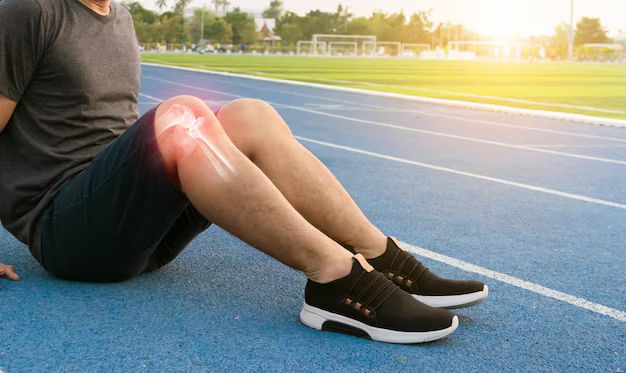
ACL Injuries: Causes, Symptoms, and Recovery Options
Anterior Cruciate Ligament (ACL) injuries are among the most common and serious knee injuries, particularly in athletes and active individuals. The ACL plays a vital role in stabilizing the knee joint, and when it’s torn or damaged, it can significantly impact mobility, balance, and overall joint health. Understanding the causes, symptoms, and recovery options can help in seeking timely medical care and ensuring a successful return to normal activity.
Causes of ACL Injuries
ACL injuries usually occur during activities that involve sudden movements, rapid changes in direction, or awkward landings. Common causes include:
-
Sudden stops or pivoting movements in sports like football, basketball, or soccer.
-
Landing incorrectly after a jump.
-
Twisting the knee joint while the foot is firmly planted.
-
Direct collision or trauma to the knee, often seen in contact sports.
-
Weak or imbalanced muscles around the knee joint, leading to instability and strain.
Athletes, dancers, and individuals involved in high-impact physical activities are at a higher risk of ACL tears.
Symptoms of ACL Injuries
Recognizing ACL injury symptoms early can prevent further complications. Common signs include:
-
A popping sound at the time of injury.
-
Severe knee pain and rapid swelling.
-
Inability to bear weight on the injured leg.
-
Loss of full range of motion.
-
Knee instability, feeling like the knee might “give out” during movement.
If any of these symptoms occur, it is crucial to consult an orthopedic specialist immediately for evaluation and imaging, such as an MRI.
Recovery and Treatment Options
Treatment for ACL injuries depends on the severity of the tear and the patient’s activity level.
1. Non-Surgical Treatments
For partial tears or less active individuals, non-surgical methods may be effective:
-
Rest, Ice, Compression, and Elevation (RICE) to reduce swelling and pain.
-
Physical therapy to strengthen surrounding muscles and improve stability.
-
Bracing to support the knee and prevent further injury.
2. Surgical Treatments (ACL Reconstruction)
For complete tears or athletes aiming to return to sports, ACL reconstruction surgery is often recommended. This procedure involves replacing the damaged ligament with a graft, commonly taken from the patellar tendon or hamstring. Post-surgery rehabilitation is essential for regaining full strength and function.
Recovery Timeline
Recovery duration varies based on injury severity and treatment type:
-
Non-surgical recovery: 3–6 months with consistent therapy.
-
Post-surgical recovery: 6–9 months with a structured rehabilitation program.
Commitment to physiotherapy plays a crucial role in achieving optimal results and preventing re-injury.
Conclusion
An ACL injury may seem daunting, but with timely diagnosis, expert orthopedic guidance, and proper rehabilitation, most patients return to their active lifestyles without long-term complications.
If you’re experiencing knee pain or instability after an injury, consult Dr. Vivek Bansal, a leading Shoulder and Knee Sports Injury Specialist in Chandigarh and Mohali, for an accurate diagnosis and personalized treatment plan.